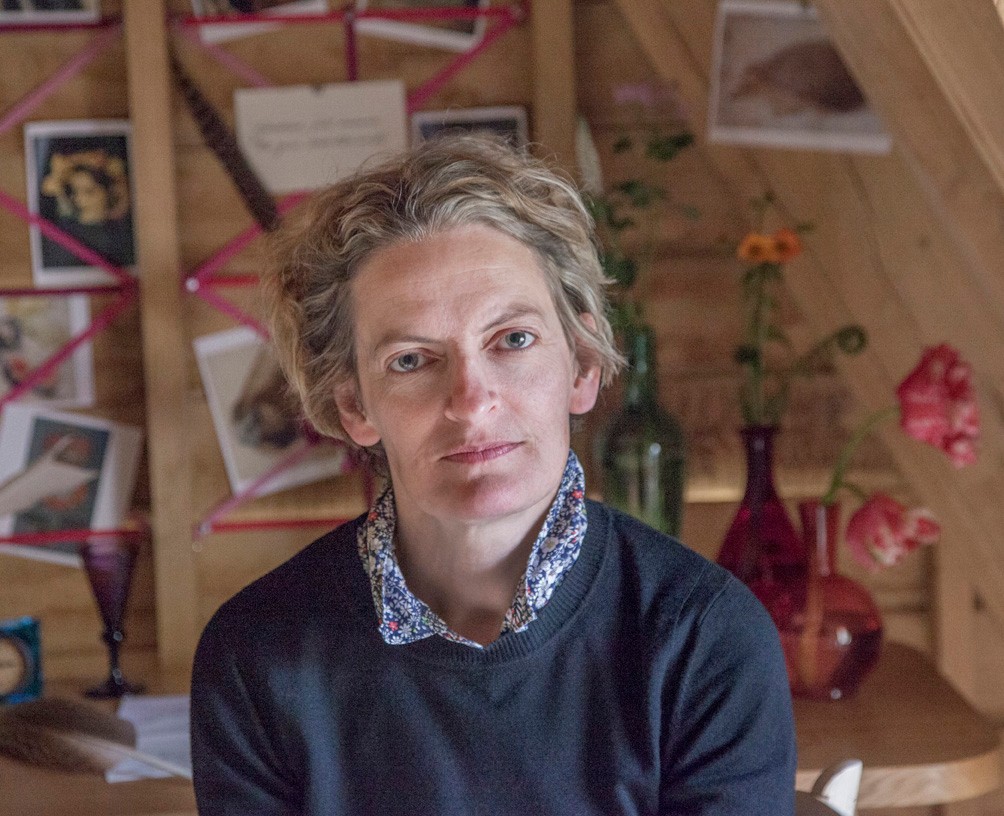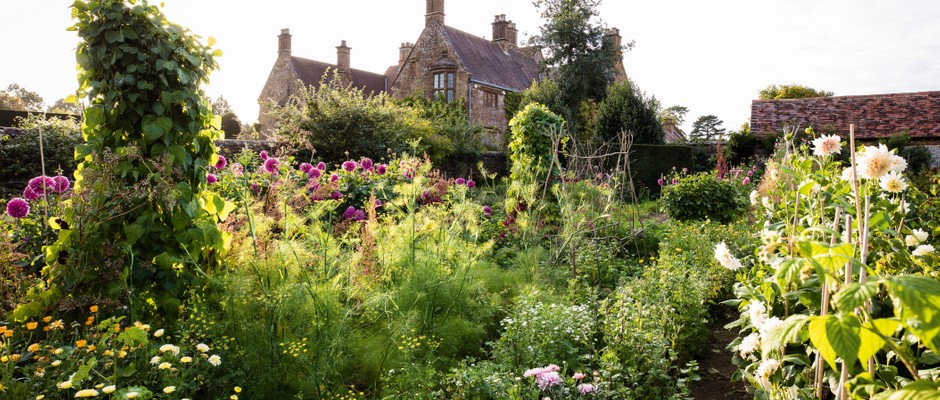
Soil health: how to look after your soil
Having healthy soil can help the climate. Here the Land Gardeners, Henrietta Courtauld and Bridget Elworthy, explain how to maintain good soil health. Words Kendra Wilson, photographs Claire Takacs
“If we increase our carbon levels in the soil by 0.4 per cent we substantially reduce greenhouse gases,” says Henrietta Courtauld. One way of doing this is by making excellent compost. In this optimum environment, microbes work with plants to sequester carbon underground, with the aid of air and water.
Pulling more carbon out of the air and into the ground can be as simple as improving a plant’s rate of photosynthesis. A healthy plant is supported around its roots by vast communities of microbes and fungi, which feed the plant with minerals in exchange for a photosynthesis by-product, carbon sugars. It pays to optimise this natural coexistence; the more efficiently the micro-organisms are working, the more carbon will be taken out of the atmosphere and sequestered into the ground.
Adding homemade compost or sowing green manures over exposed ground helps the soil to retain carbon. Weeds also protect soil and add diversity, both above and below ground. Monocultures encourage pathogens: even with a lawn, soil health will be improved by spreading compost over it and allowing for clover and daisies. Mowing less frequently and allowing grass to grow longer will encourage deeper root systems, supporting richer microbial life while aiding water retention.
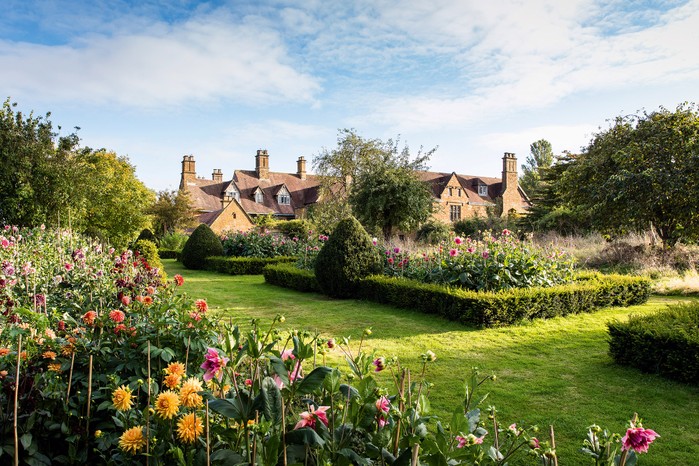
How to improve soil health
How to create good compost and soil health
- Add water to each layer of carbon (such as straw, cardboard) and nitrogen (garden or kitchen waste).
- Include 10 per cent clay and a biodynamic preparation (they use 507 Valerian Prep) or 10 per cent existing compost, as an activator. Turn the pile, then again over several days when a thermometre is thrust into the heap and reads between 59F and 65F.
- Cover with a breathable membrane. Compost is ready in six-eight weeks.
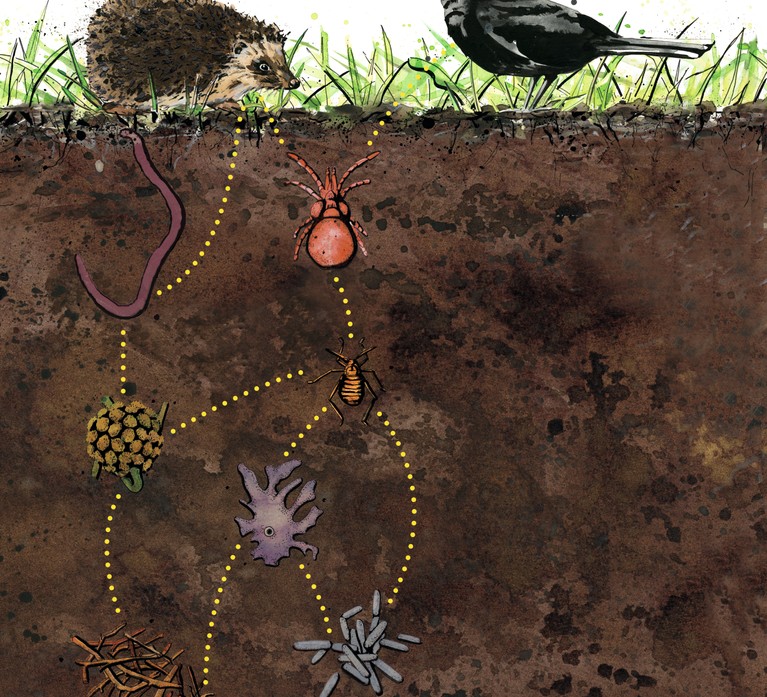
How to encourage soil microbes
What are soil microbes?
Microbes are never far from The Land Gardeners’ thoughts. “The soil acts as the stomach of a plant,” says Henrietta. “The roots go down into the soil and release sugar for the microbes. They in turn take minerals from the soil and exchange them, in a plant-available form.” In other words, microbially rich soil produces plants of amazing vitality. “We need to look after the creatures underneath the ground as much as those above,” says Bridget. “We are almost farming those microbes.”
Tips for happy soil microbes
Avoid digging
Aeration and hydration are important in keeping the microbes (as well as all the other symbiotic organisms, including fungi about which we know surprisingly little) happy, so digging, except in extreme cases of compaction, is avoided.
Use a broad fork instead
They use a broad fork which lifts the soil. “Normally we layer compost on the soil, which we might have broad-forked, just to aerate it,” says Bridget. “We’re not turning the soil. We plant the width of the broad fork, with small paths in between for walking on.”
More like this
Cover the ground with green manures
When a crop is harvested, green manures cover the ground. Henrietta: “We are covering the soil all the time. We dig the green manure in before it flowers but sometimes we leave it because it’s too irresistible – and bees love it.”

In processing their own green waste and digging deeper into the physics of compost, it has become clear that soil health should be vital to the planet’s health. “We don’t need more carbon in the atmosphere but we really need it in the soil,” says Henrietta. “Years of ploughing have released it upwards.” Carbon is naturally taken out of the air through photosynthesis but compost-making can add hugely to a ‘carbon sink’ effect through careful preparation on a domestic or grand scale. The Land Gardeners call their own version, manufactured with the aid of a neighbouring farm, Climate Compost.
Soil is a business for The Land Gardeners. In the same way, the garden at Wardington is a business, which is why they are reluctant to disappoint garden groups looking for perfection. Weeds are allowed to increase biodiversity above the ground and among the micro-organisms below the ground. As Bridget says, quoting environmental economist Dieter Helm: “Where there’s mess, there’s life.”
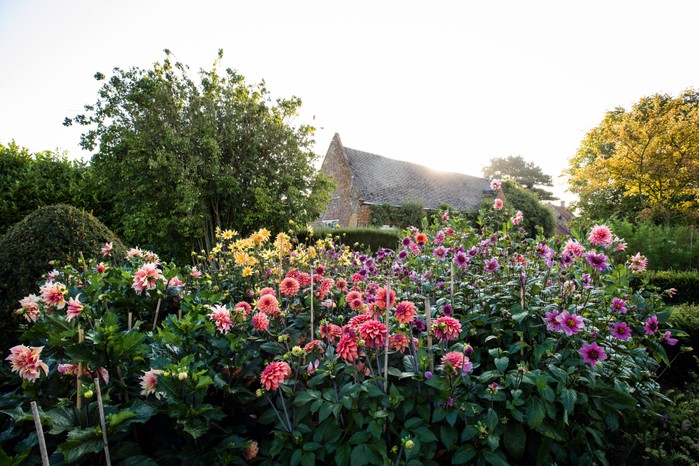
Authors
Kendra Wilson is a garden writer with a background in print design. She began writing while training with WRAGs in Northamptonshire as a practical gardener. Kendra is the author of several books: on landscapes, art, and landscapes in art.

Niwaki bundle worth £57 when you subscribe
Subscribe to Gardens Illustrated magazine and claim your Niwaki bundle worth £57
*UK only
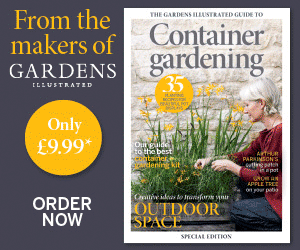
Container Gardening Special Edition
The Gardens Illustrated Guide to Container Gardening.
In this special edition, discover colourful flower combinations and seasonal planting schemes for pots designed by leading plantspeople, and essential know-how for container gardening success. Just £9.99 inc UK p&pBy entering your details, you are agreeing to our terms and conditions and privacy policy. You can unsubscribe at any time.
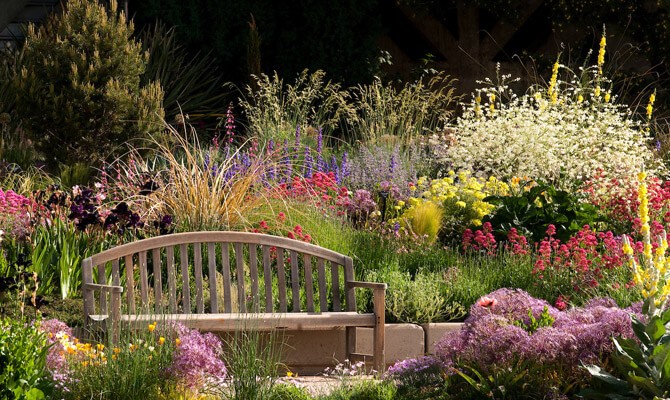
Gardens of the Globe
From botanical wonders in Australia to tranquil havens closer to home in Ireland, let this guide help you to discover some of the most glorious gardens around the world
By entering your details, you are agreeing to our terms and conditions and privacy policy. You can unsubscribe at any time.


